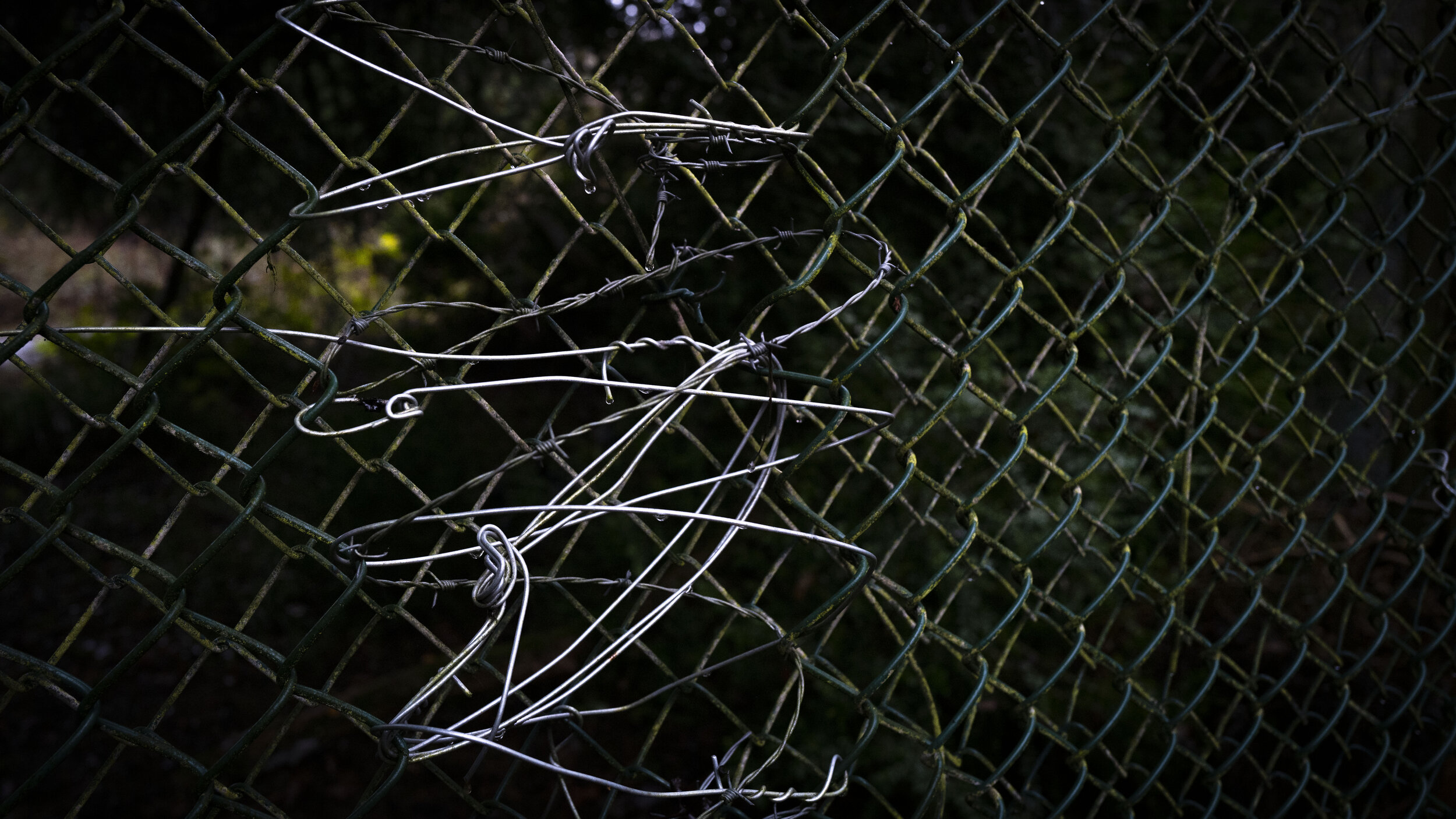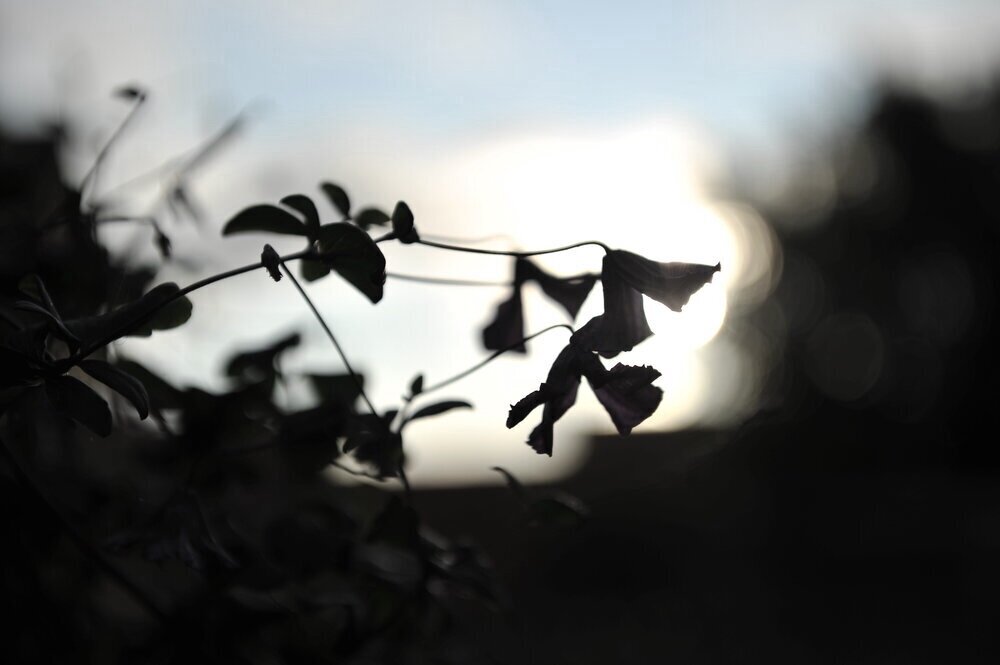Boundary
#1000Steps: Leica Q2
“Look. Art knows no prejudice, art knows no boundaries, art doesn't really have judgement in it's purest form. So just go, just go.”
(K. D. Lang)
If we look carefully at the boundary, we see ourselves.
Our boundaries offer a material expression of how ideas, inspirations and prejudices construct our worlds. Of course, they are useful to us; bringing containment, meaning and discernment, and offering a short-hand order to the experiences before us. It’s mostly helpful to know where the lines are drawn and when we start to stray from a familiar path.
As my #1000Steps imagery continues, I’ve been gently challenged about the boundaries of the work:
Q. Will there be 1000 photographs?
That would be an interesting challenge and a round number…
Q. Will you walk the perimeter of the project?
As I look at the work of land artists like Richard Long or writers like W. G. Sebald, I see there is precedence here. The maths say 2πr will be just over 6000 steps so it’s easily possible, were it not for trespass laws, a railway line, several fences and a small reservoir.
Evidently, my steps are contained within 'hard’ physical boundaries and established legal rules, but it’s the softer boundaries of the project that have caught my attention.
As the idea has gained a little bit of traction among friends, it’s utterly delightful that more folk seem to be joining in, photographing their surroundings, publishing their images as they go, finding enjoyment and appreciation in their world.
Yet I’m reflecting on how this delight and excitement has also challenged me. Photography matters to me and I worry that folk aren’t getting it right, that their process is a bit off, that they aren’t faithful to the original concept. They are finding different ways of working and the idea has even become a ‘thing,’ sometimes referred to ‘the #1000Steps project…’
While I might romantically dress my concerns up as something to do with being ‘true’ to the initial artistic concept or worry about the integrity and fragility of creative processes, this is all about ego and control. I’m starting to see myself in the dark shadows of the boundary.
So, rather than ‘truth,’ what does it mean when someone grabs your enthusiasm and runs with it, making more of it than you ever could? How do we respond when the invitation to be ‘more than ourselves’ emerges and the possibility of a wider influence and contribution appears? When are we genuinely available to change that seems beyond our control?
I find challenge and confrontation in each of these questions.
Interesting news and information arise at boundaries and, as we strive to define and protect these imaginary lines, often unconsciously weaving in extra lines of reinforcement, we deny and limit ourselves.
The boundary is an opportunity to build curiosity, generosity and connection.
Not fences.
Notes:
I really enjoyed ‘The Ten List:Walk as Art’ by Carrie Marie Schneider. From tightrope walkers to Marina Abramovich and Ulay on The Great Wall of China, she notes that “Lots of folks walk all the time and don’t call it art, but some of them do.”
Gregory Bateson spoke of the ‘news of difference’ and the subtle ‘difference that makes a difference.’ Both are fabulous, enduring concepts for artists to apply to their work. He also raises the possibility of the ‘pattern that connects'…’ which I really appreciate as a clue to insight amd meaning among the vast resources of information now available to us. His writing is challenging but ‘Steps to an ecology of mind’ is a good place to start.
Finally, On Looking: About Everything There Is to See, is a fabulous read as Andrea Horowitz walks around the block with her dog. It’s another one of those books that (I hope!) will help you change the way you see the world and, as I write, is available on Kindle for just £0.99!
See Also:


